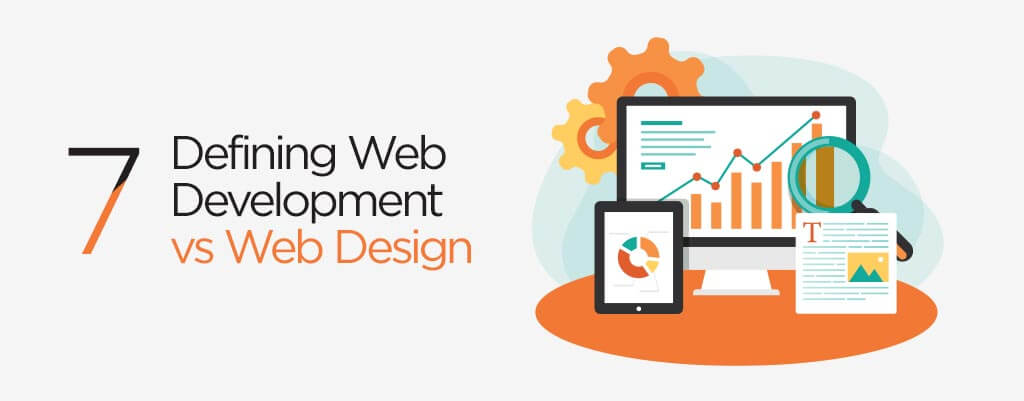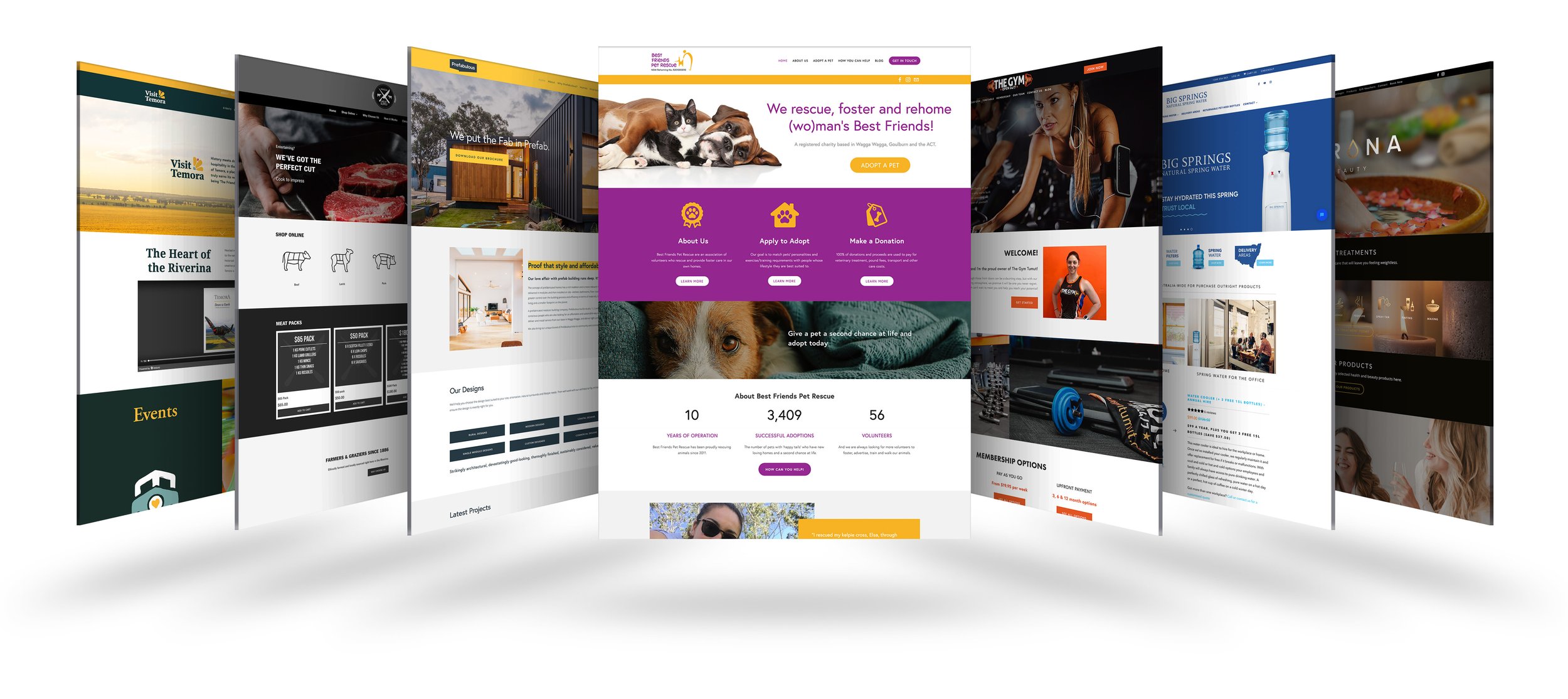Website Design SG Plans for Budget-Friendly and Reliable Results
Wiki Article
Top Trends in Website Design: What You Need to Know
As the landscape of website style proceeds to progress, comprehending the most up to date patterns is vital for producing efficient and engaging online experiences. Minimalism, dark mode, and mobile-first strategies are amongst the crucial styles shaping modern layout, each offering one-of-a-kind benefits in user engagement and capability. In addition, the emphasis on access and inclusivity emphasizes the relevance of developing electronic atmospheres that satisfy all customers. Nevertheless, the ramifications of these trends go past aesthetics; they stand for a change in how we regard individual interaction. What various other elements are affecting these style selections today?Minimalist Design Appearances
In the last few years, minimal design aesthetic appeals have actually emerged as a leading fad in website design, highlighting simpleness and functionality. This method focuses on essential material and removes unneeded elements, thus boosting customer experience. By concentrating on clean lines, adequate white room, and a minimal color palette, minimalist styles promote easier navigation and quicker tons times, which are vital in preserving users' attention.The efficiency of minimal style hinges on its capacity to share messages plainly and straight. This clarity fosters an intuitive interface, allowing users to accomplish their objectives with minimal interruption. Typography plays a considerable role in minimal design, as the option of typeface can evoke specific emotions and guide the user's journey through the content. Additionally, the tactical use of visuals, such as premium pictures or subtle animations, can enhance customer involvement without frustrating the general aesthetic.
As digital spaces proceed to develop, the minimalist layout principle continues to be appropriate, accommodating a varied audience. Services adopting this pattern are frequently regarded as contemporary and user-centric, which can significantly affect brand understanding in an increasingly affordable market. Ultimately, minimal design appearances provide an effective service for reliable and appealing website experiences.
Dark Setting Appeal
Embracing an expanding trend among customers, dark mode has actually obtained considerable popularity in website style and application interfaces. This design method features a primarily dark shade scheme, which not only improves visual appeal however additionally decreases eye stress, specifically in low-light environments. Individuals significantly appreciate the comfort that dark mode gives, leading to longer engagement times and an even more delightful surfing experience.The adoption of dark setting is additionally driven by its viewed advantages for battery life on OLED screens, where dark pixels take in much less power. This sensible advantage, integrated with the fashionable, modern-day look that dark themes offer, has led lots of developers to include dark mode alternatives right into their tasks.
Moreover, dark mode can create a sense of depth and focus, drawing attention to crucial elements of a site or application. web design company singapore. Therefore, brands leveraging dark mode can improve individual interaction and create a distinct identity in a crowded marketplace. With the trend proceeding to climb, including dark setting right into website design is ending up being not just a preference but a standard expectation amongst customers, making it necessary for programmers and developers alike to consider this element in their projects
Interactive and Immersive Components
Regularly, developers are integrating interactive and immersive elements right into internet sites to improve individual engagement and develop remarkable experiences. This fad reacts to the enhancing expectation from customers for even more dynamic and individualized interactions. By leveraging attributes such as animations, video clips, and 3D graphics, internet sites can draw customers in, promoting a much deeper connection with the web content.Interactive components, such as quizzes, surveys, and gamified experiences, motivate visitors to proactively take part as opposed to passively take in information. This involvement not just keeps individuals on the site much longer but additionally boosts the likelihood of conversions. In addition, immersive innovations like virtual truth (VR) and enhanced reality click here now (AR) use distinct possibilities for companies to display products and solutions in a more engaging manner.
The unification of micro-interactions-- small, subtle computer animations that react to user actions-- likewise plays a crucial role in enhancing use. These communications provide feedback, improve navigating, and develop a feeling of satisfaction upon completion of tasks. As the digital landscape remains to progress, making use of interactive and immersive components will certainly continue to be a significant focus for designers aiming to create engaging and effective online experiences.
Mobile-First Method
As the occurrence of smart phones remains to surge, embracing a mobile-first method has ended up being vital for internet designers aiming to optimize user experience. This strategy emphasizes designing for smart phones prior to scaling approximately bigger displays, making sure that the core performance and material come on the most commonly made use of system.One of the primary benefits of a mobile-first technique is boosted performance. By concentrating on mobile layout, websites are structured, lowering tons times and improving navigating. This is specifically essential as customers expect fast and receptive experiences on their mobile phones and tablets.

Availability and Inclusivity
In today's digital landscape, ensuring that websites are obtainable and comprehensive is not just an ideal method but a fundamental need for reaching a varied my site audience. As the internet remains to work as a key ways of communication and business, it is necessary to recognize the diverse requirements of customers, including those with disabilities.To attain true access, web developers need to adhere to developed guidelines, such as the Web Web Content Availability Guidelines (WCAG) These standards stress the value of providing message alternatives for non-text material, ensuring keyboard navigability, and keeping a logical web content structure. Moreover, comprehensive style techniques extend beyond conformity; they involve producing a customer experience that accommodates different capacities and choices.
Integrating attributes such as flexible text sizes, shade comparison alternatives, and screen visitor compatibility not just boosts usability for individuals with specials needs yet also enriches the experience for all individuals. Eventually, focusing on access and inclusivity fosters a more equitable digital atmosphere, motivating wider engagement and involvement. As businesses increasingly acknowledge the moral and economic imperatives of inclusivity, integrating these principles into website style will end up being a vital aspect of successful online strategies.
Conclusion

Report this wiki page